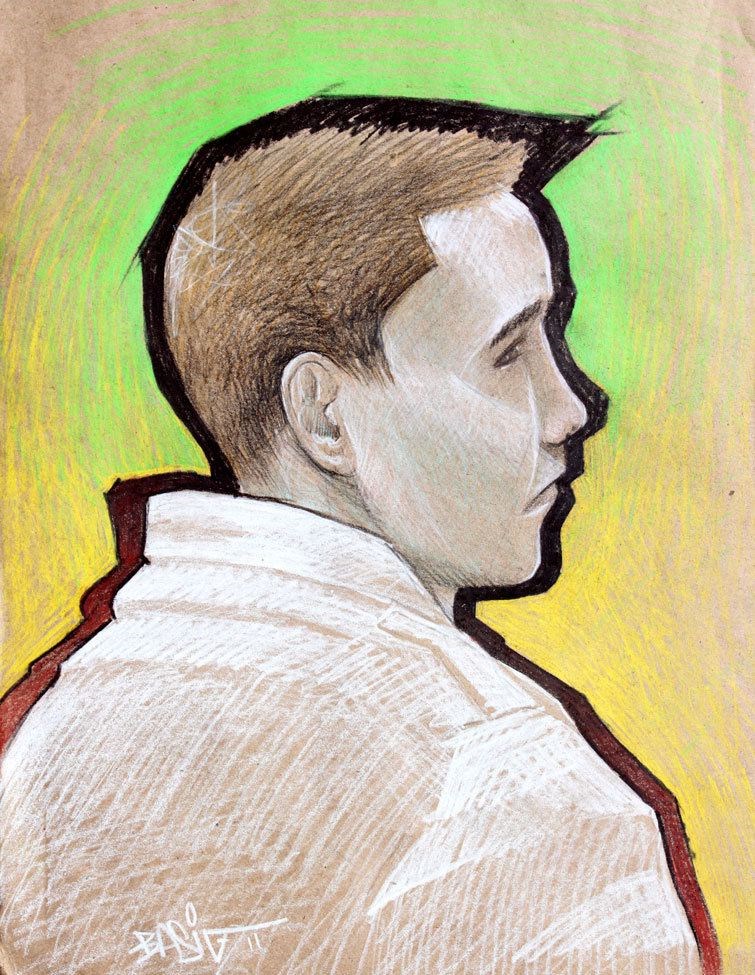The jury deciding the fate of Anthony Robert Willier entered deliberations at about midday Wednesday following lengthy final instructions from B.C. Supreme Court Justice James Williams.
Willier is accused of first-degree murder in the Feb. 17, 2010 death of Nathan Alcide Marshall, who was found dead outside his home at 1790 Hemlock St. from multiple gunshot wounds.
Williams delivered a 40-page "charge" or final instructions to the jury in which he gave a "special direction" on how to treat the testimony of a key witnesses.
Specifically, he advised the jury that testimony from Michael Sanche "must be approached with the greatest care and caution."
Sanche testifed that he was with Willier at the time of the shooting. He said Willier drove up to the end of Marshall's driveway and opened fire when Marshall came out of the house.
Williams noted that Sanche has an extensive criminal record, was engaged in a criminal lifestyle at the time of Marshall's death and was in custody on suspicion of committing the offence himself when he gave his statement to police naming Willier as the shooter.
Consequently, Williams said Sanche has a "strong motivation to lie by attributing blame to the defendant."
But Williams added that does not mean Sanche's evidence should automatically be rejected. Instead, he advised the jury to look at evidence independent of Sanche to help in their decision - notably the pattern and content of text messages exchanged between Marshall and an "Annie W." in the last few hours up to the shooting.
The messages involved payment of money owed but Crown counsel Oleh Kuzma argued in a closing argument Tuesday that they were largely an effort by Willier to lure Marshall out of his home to an area where he could commit the murder to get even after Marshall tied Willier up in a basement some years ago.
When Marshall refused to leave his property because he was effectively under house arrest while out on bail on charges of participating in a violent Jan. 4, 2010 home invasion, Willier convinced him to make the exchange at the edge of his property and then shot him repeatedly once Marshall was out on his driveway, Kuzma argued.
Williams also noted that Sanche was able to identify from police photos a green Ford Explorer sport utility vehicle Willier was alleged to have driven at the time of the shooting.
The jury must sift through a comparatively-low 20 exhibits, suggesting they won't need much time to reach their verdict. If the nine man, three woman jury does find Willier guilty, they can also make a recommendation on how many years he must serve in prison before he is eligible for parole.
The maximum sentence for first-degree murder is life without the possibility of parole for at least 25 years.

.png;w=120;h=80;mode=crop)

